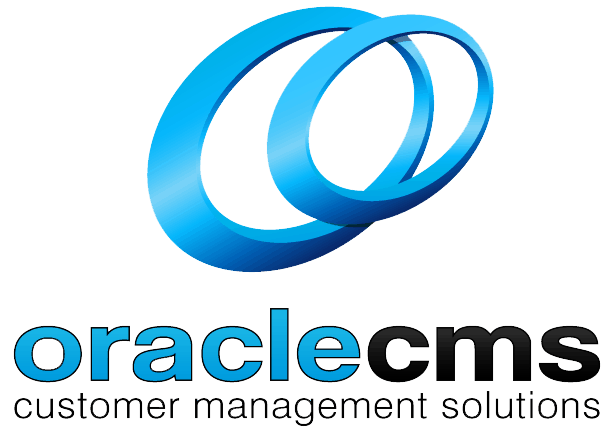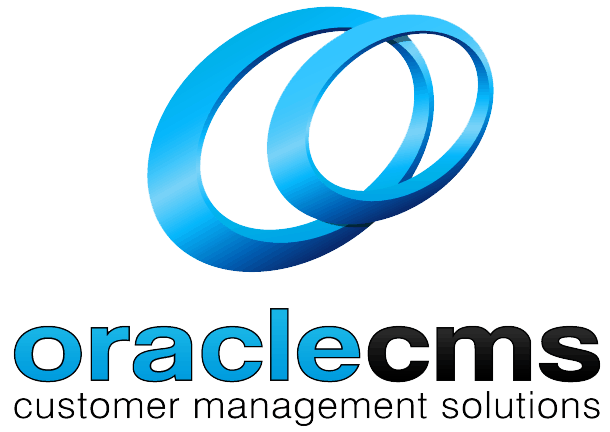
What is ACD (Automatic Call Distribution)?
Working in a call centre can be challenging, especially when multiple customers call simultaneously. It becomes difficult to prioritize which caller to assist first and what to do when there are no available agents. To tackle these problems, call centres rely on an efficient Automatic Call Distribution (ACD) system. In this article, we will delve into the concept of ACD, explore its tools for enhancing customer engagement, and discuss its overall benefits for businesses.
ACD, short for automatic call distribution, is a telephony system that automatically receives incoming calls and distributes them to available agents. Its primary objective is to help inbound contact centres effectively manage large call volumes and prevent overwhelming their teams. Additionally, ACD enhances customer experiences by connecting them with capable agents in the shortest possible time.
Before callers are queued and routed, they typically go through an Interactive Voice Response (IVR) system. IVR and ACD are often mistaken for each other, so it’s important to distinguish between the two.
IVR is a technology that allows users to interact with an automated answering machine before being transferred to an agent. It helps determine the nature of the user’s query and the type of assistance required. IVRs prompt users to press specific keys on their phones corresponding to their issues. For instance, an IVR may instruct callers to “Press 1 for product purchase.” The ACD then uses this response to directly connect the caller to sales agents instead of redirecting them to unrelated departments.
IVR serves as a means to collect customer data, while ACD utilizes this data to sort and distribute calls. When used together, these tools significantly enhance customer satisfaction and workforce engagement within call centres.
Let’s now explore the distribution process in greater detail to better understand how the entire system functions.
How does ACD work?
The call distribution process can be divided into three steps:
Step 1: Caller Identification During this initial stage, the IVR or caller ID system asks the caller about the purpose of their call. Factors such as language and location can also be determined using caller ID. This information enables the ACD to route the caller to the most suitable agent to address their concern effectively.
Step 2: Call Queueing After identification, callers are placed on a waiting list or queue. The ACD determines the order of the queue based on various factors, including the caller’s status, waiting time, and query. VIP callers often receive priority, but the system can also be programmed to prioritize based on other aforementioned factors.
Step 3: Call Routing The final step involves call routing. The ACD system routes call based on the preferred distribution method defined by the call centre. If minimizing customer waiting time is a priority, the ACD can distribute incoming calls to available agents. Alternatively, if assigning the customer to the most suitable agent is crucial, the system can distribute calls based on the agent’s skills.
Various types of call distribution methods are available, each with its advantages and disadvantages. Call centres can choose the most appropriate routing strategy to address specific issues they may encounter.
Types of call distribution:
Rotary Call Distribution
This method aims to distribute the workload equally among agents. Agents take turns answering calls rotationally. For example, Agent 1 handles Call 1, Agent 2 handles Call 2, and so on. The cycle repeats once each agent has taken their turn.
Fixed Order Call Distribution
Agents are arranged in a fixed order, and calls are initially directed to the first agent on the list. If the first agent is busy, the call is passed to the next available agent. This method is suitable when certain agents possess greater experience and can resolve issues faster than others.
Simultaneous Call Distribution
This method reduces customer waiting time by simultaneously alerting all available agents to an incoming call. The first agent to respond takes the call and assists the customer.
Talk-Time Call Distribution
Similar to the rotary method, talk-time distribution aims to distribute workload evenly among agents. The ACD selects the agent with the least talk time and assigns them the next call in the queue. This approach balances the workload by ensuring each agent has an equal amount of active time.
Skills-Based Routing
This method prioritizes agents based on specific skills, also known as weighted call distribution. Agents are scored on criteria such as language proficiency, efficiency, expertise, comprehension, and response time. Callers are routed directly to the agent with the most relevant skills, resulting in more effective assistance.
Time-Based Call Distribution
Time-based distribution takes agents’ availability into account. The ACD only alerts agents who are currently available and sends the call to voicemail if no agents are free. This method is suitable for call centres that prefer not to handle calls during off-hours.
ACD integrations for workforce optimization
ACD systems can be integrated with additional features to enhance workforce management and customer satisfaction. Here are some popular integrations and their benefits for call centres:
Call Center Overflow Tools: When call volume exceeds agent capacity, call centre overflow tools can be employed. These tools allow customers to either leave a voicemail or request an automatic callback. Agents can then address the issues based on the recorded messages or reconnect with the customers at their convenience.
CTI and CRM Integrations: Modern ACD systems often come with Computer Telephony Integration (CTI), enabling agents to view caller information on their computer screens. Integration with Customer Relationship Management (CRM) software further enhances the system by organizing customer information in one centralised location, including call history, social media accounts, and chat logs.
Call Monitoring: Call monitoring is a valuable tool for quality management. Supervisors can listen to ongoing calls in real time, providing support whenever necessary. These monitoring sessions also serve as opportunities for coaching, as supervisors gain insight into agents’ interactions with customers and can provide feedback for improvement.
Benefits of ACD
Now that we have explored ACD in detail, let’s examine the benefits it offers to call centres:
Improved Workforce Management: ACD ensures efficient call routing, preventing wasted time and distributing calls evenly among agents. It reduces agents’ idle time and creates a more balanced workload for the entire team.
Enhanced Customer Experience: Smart routing in ACD directs customers to agents best suited to handle their concerns, leading to higher customer satisfaction. The rapid distribution of calls ensures prompt attention to customers’ needs.
Easier Agent Coaching: Call monitoring allows supervisors to assess agents’ performance in real time. This enables a better understanding of agents’ strengths, weaknesses, and areas for improvement, facilitating effective coaching and training.
These are just a few of the benefits that an automatic call distribution system can bring to a business. However, for a more seamless and efficient customer engagement experience, upgrading to a contact centre may be worth considering.
Unlike call centres, contact centres enable customer engagement across various platforms, including email, social media, and chat. This broader reach allows businesses to connect with more customers and provide services through multiple contact channels. To facilitate comparison, the following table illustrates the advantages and disadvantages of both call centres and contact centres:
| Call Center | Contact Center | |
| Supported Channels | Calls only | Calls, emails, chat, SMS, fax, and more |
| Advantages | Better handling of urgent concerns | Strict organizational flow for easier supervision |
| Disadvantages | Limited communication options | Long call queues lead to lower customer satisfaction |


